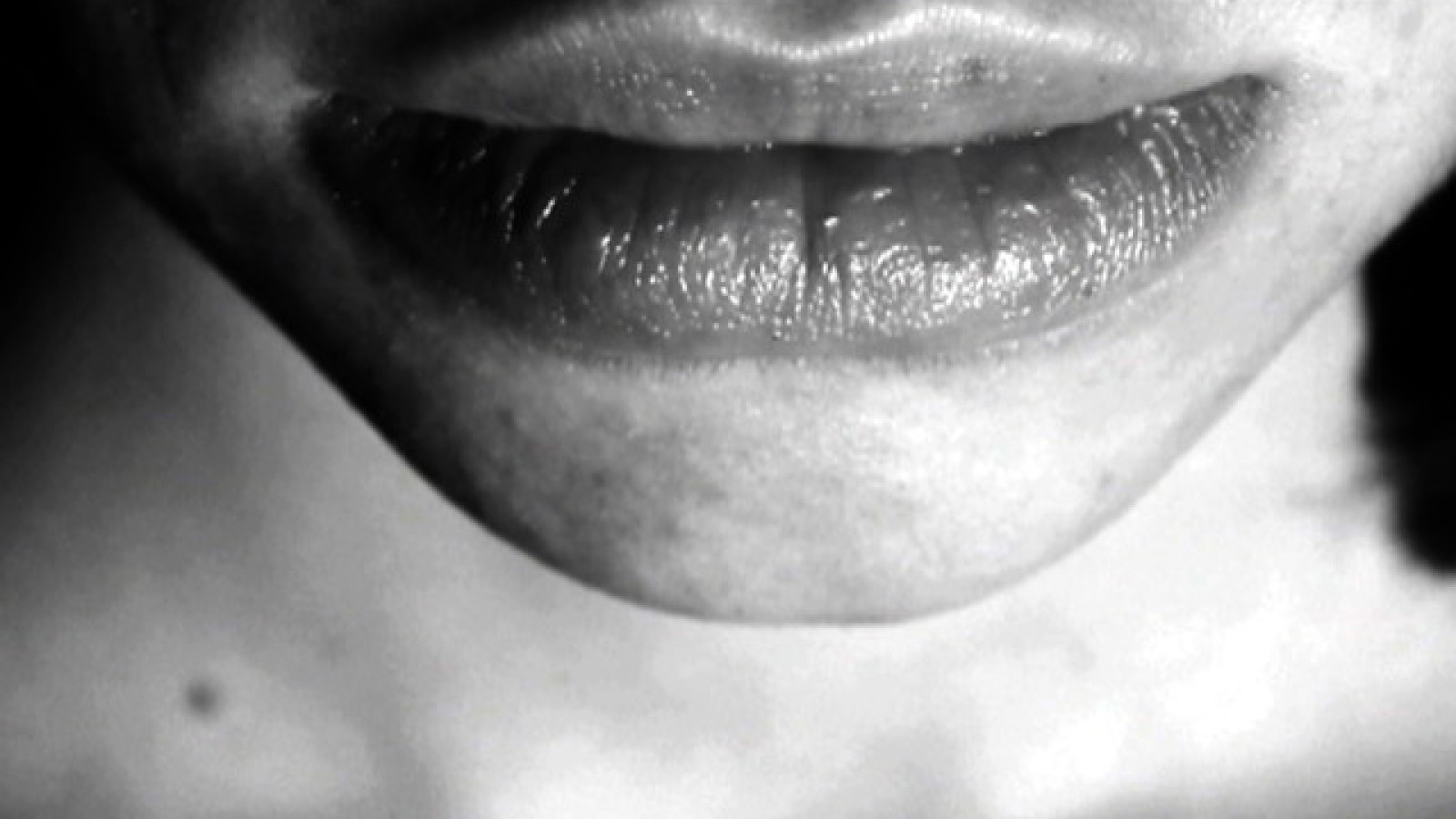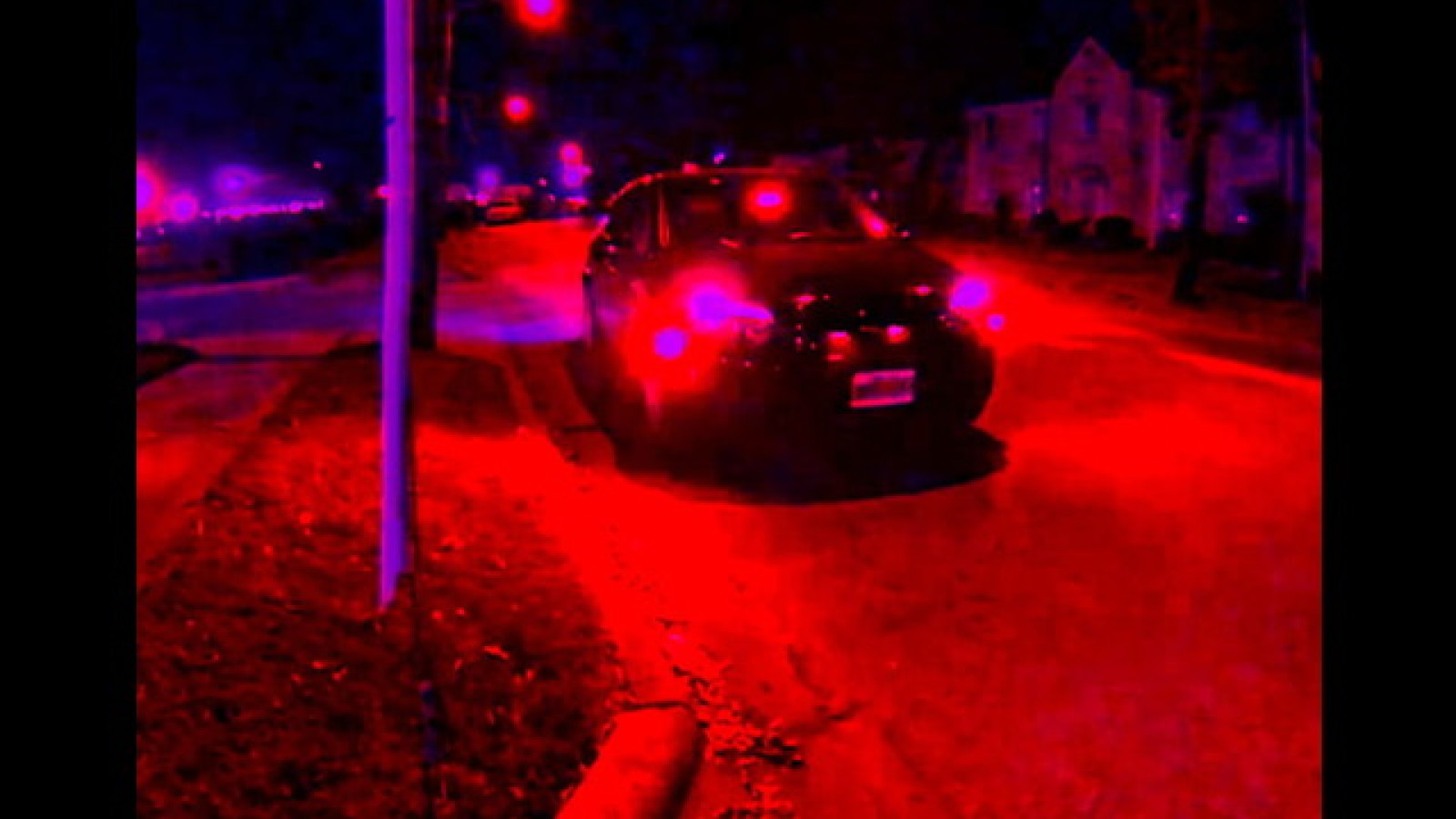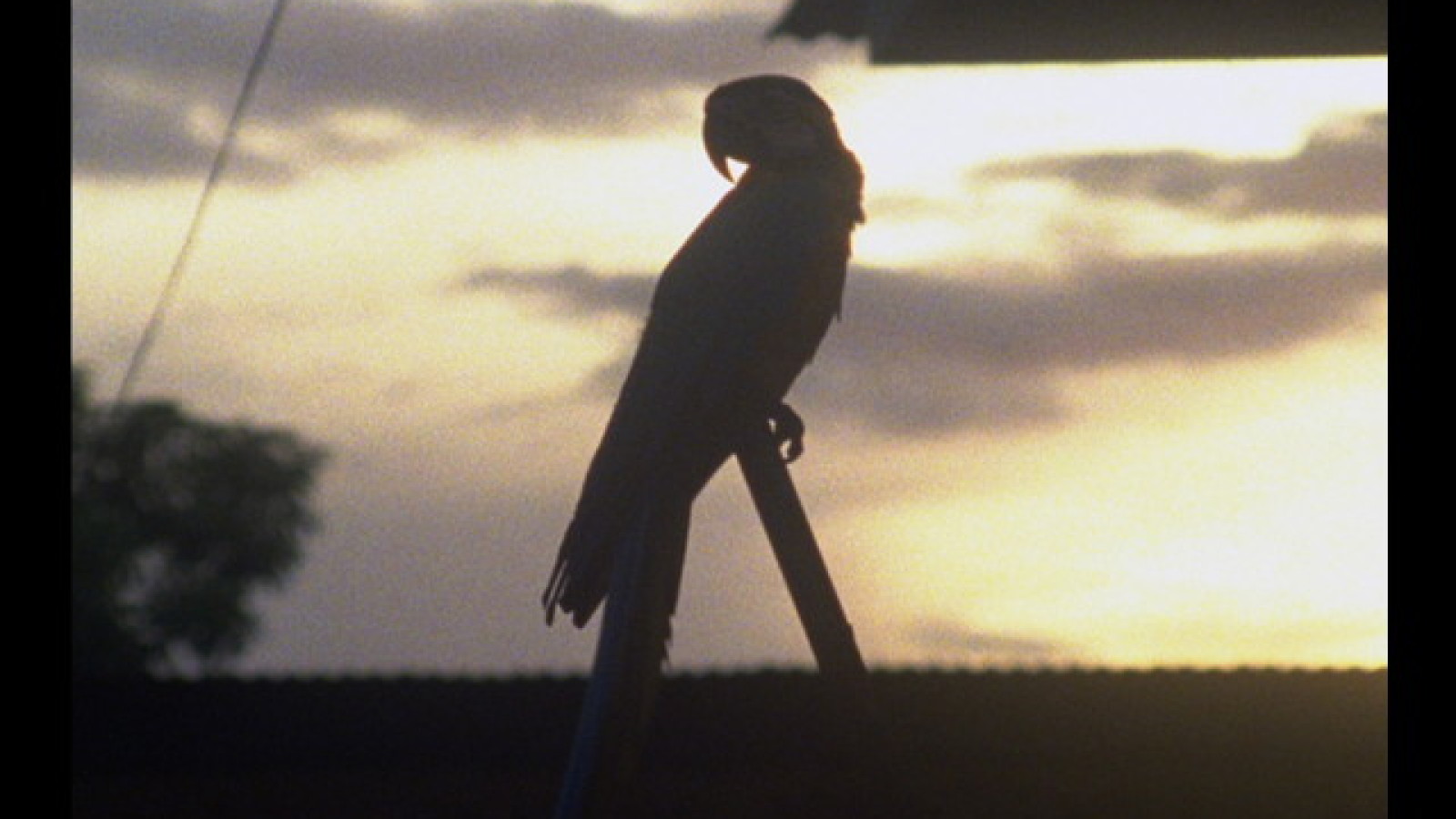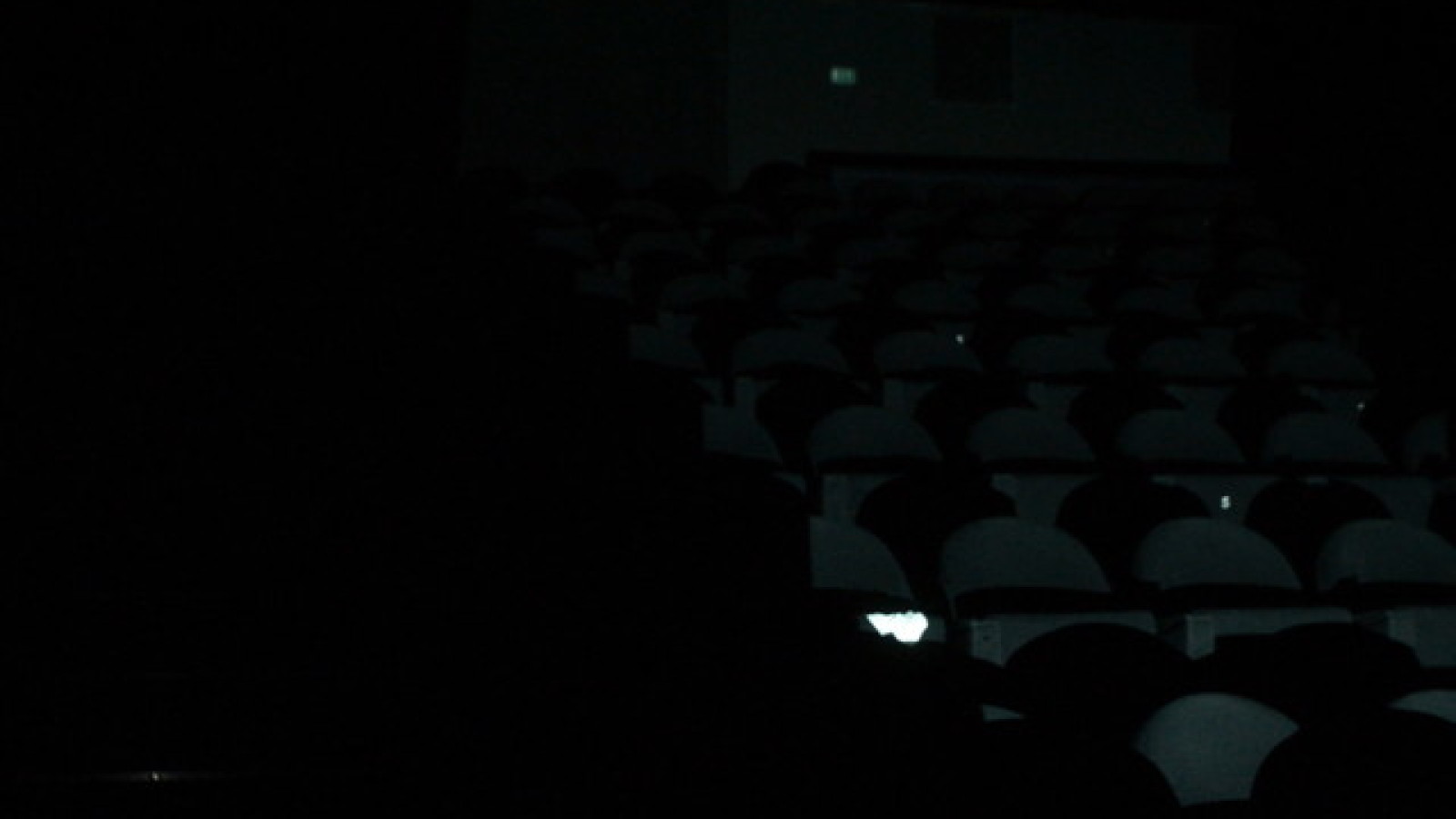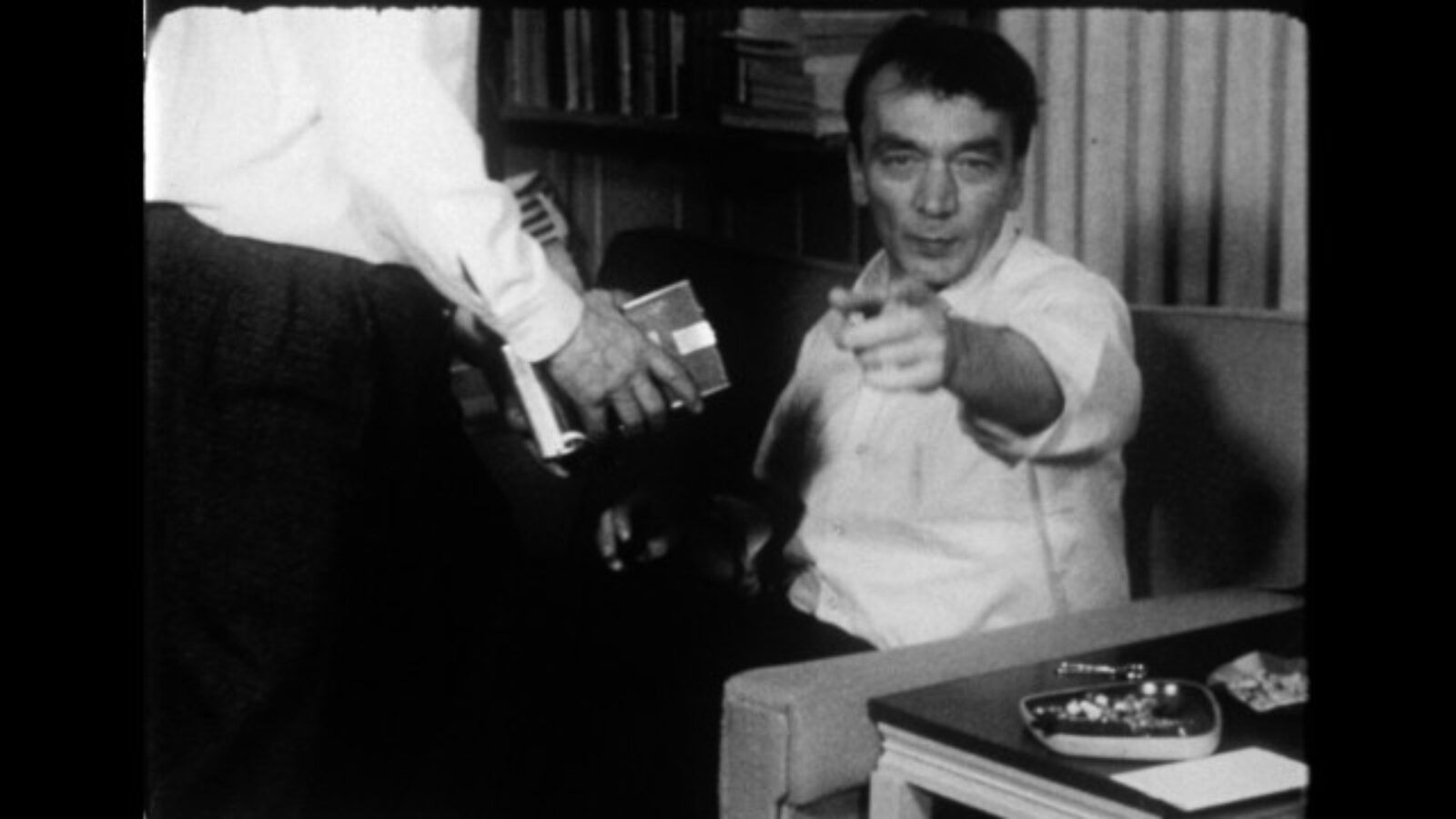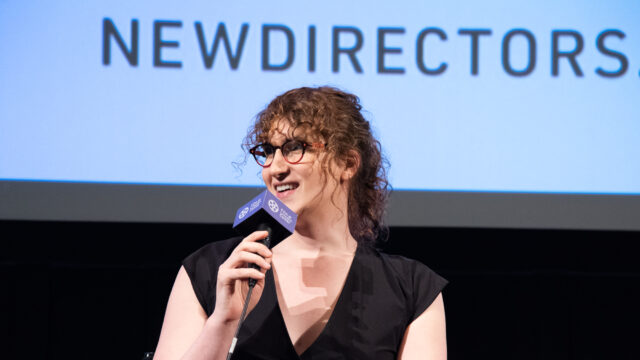Projections Program 9
Sea of Vapors
Sylvia Schedelbauer, Germany, 2014, DCP, 15m
“A cascade of images cut frame by frame flow into an allegory of the lunar cycle.” —Sylvia Schedelbauer
Red Capriccio
Blake Williams, Canada, 2014, HDCAM, 7m
“Red Capriccio is an anaglyph found-footage film thematically inspired by the capriccio paintings of Giovanni Paolo Panini (viz. Ancient Rome [1757]), Thomas Cole (viz. The Architect’s Dream [1840]), and Charles Robert Cockerell (viz. The Professor’s Dream [1848])—which depicted fantastical, sublime, and dilapidated architectural landscapes—and structured in the style of Stravinsky and Tchaikovsky’s capriccio compositions, playfully shaped from clashing staccatos and glissandos, and propelled by swift tonal shifts. The film’s three movements depict a parked Chevy Caprice police vehicle, Montreal’s grandiose and decomposing Turcot Interchange, and an empty basement turned rave room.” —Blake Williams
Field Notes
Vashti Harrison, USA, 2014, 16mm, 18m
“Field Notes is an experimental documentary about the ghosts embedded in the culture of Trinidad and Tobago. The film is structured as a visual and aural field guide to the ghosts spirits and jumbies throughout the island. From personal tales about the soucouyant and lagahoo, to the ghosts of Trinidad’s past.” —Vashti Harrison
Darkroom
Billy Roisz, Austria, 2014, DCP, 13m
“I am interested in the darkroom, the darkness, the night as an amplifier for the audio-visual sensation under rather limited circumstances. I am also dealing with the darkroom as a projection area for inner conditions—let’s say in the head room and body room—may they be of psychological origin (like fragments of thoughts, barrages of images, monsters, anxiety) or of physiological nature like various optical illusions in darkness and in the transitional state from wakefulness to sleep (like phosphenes, exploding-head syndrome, prisoner’s cinema). Same for the acoustic perception. For the technical implementation of the recording of sound and video several dark rooms have been set up as an audiovisual apparatus: two video projectors threw abstract images (generated by ambient sound) into the pitch-dark room where several light-sensory devices caught beams and flashes of the light of the projections and so either triggered little motors that were placed all over the room or computer-generated sound samples. This room—sound was again fed into the video-generating tools (analog-video mixing desk, synchronator). The sound was recorded with several microphones throughout the room, the light and image projections in the room were recorded with a camera. No effects, additional imagery or sound added in the process of editing and assembling.” —Billy Roisz
Detour de Force
Rebecca Baron, USA/Austria, 2014, DCP, 29m
“Detour de Force presents the world of thoughtographer Ted Serios, a charismatic Chicago bellhop who, in the mid-1960s produced hundreds of Polaroid images from his mind. Constructed from 16mm documentation of Serios’s sessions and audio recordings of Serios speaking with Dr. Jule Eisenbud, the Denver psychiatrist who championed his abilities, the film is more ethnography than biography, portraying the social and scientific environments in which Serios thrived. The film foregrounds the state of image- and sound-recording technologies of the period as essential to the emergence of Serios’s psychic photography. It is also a document of the filmmaker’s encounters with the archival materials themselves. The film enjoys a rich sound environment by Ernst Karel, Kyle Bruckmann, and Giuseppe Ielasi.” —Rebecca Baron

